 One of the most consistent findings in our State of Community Management research is on the impact of new member programs on getting new members to engage in a community. It makes sense – having someone welcome you, give you some ground rules on behaviors, give you a tour of the community, etc., makes new members more comfortable, and you’re more likely to dip a toe in a new community if you have ideas for how to do it.
One of the most consistent findings in our State of Community Management research is on the impact of new member programs on getting new members to engage in a community. It makes sense – having someone welcome you, give you some ground rules on behaviors, give you a tour of the community, etc., makes new members more comfortable, and you’re more likely to dip a toe in a new community if you have ideas for how to do it.
But then what?
 If you’re like many communities – you don’t follow up again to see how the settling in process has gone. But maybe you should.
If you’re like many communities – you don’t follow up again to see how the settling in process has gone. But maybe you should.
Making a second contact with new members a short time into their community experience substantially increases the likelihood they will continue to contribute and correlates with still higher engagement. The difference is exceptionally notable when it comes to the number of inactive members – communities with formal follow-up programs for new members see inactivity rates that are 15-20 points lower than those communities that don’t follow up.
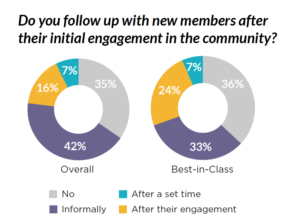 So what can you do?
So what can you do?
- Contact the new member after a certain period of time to see if they have any new questions.
- Contact them after their first post or other significant activity and see if they were satisfied with the response or had other questions.
- Contact them to see if there is anything you can help them find/solve.
Reaching out tells them that the community has their interests in mind at a time when maybe they are a little more settled in a new place than they were on day one. And it may just keep them involved.

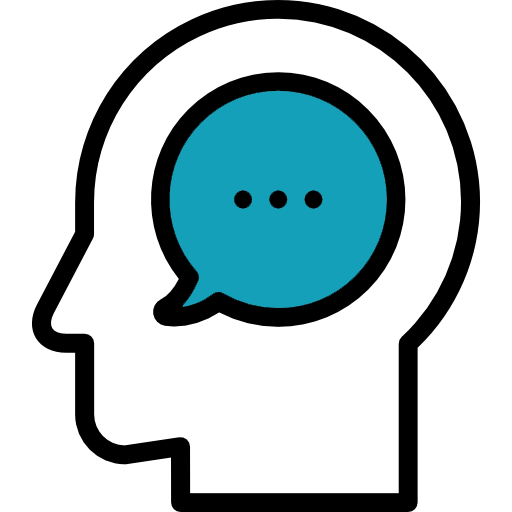



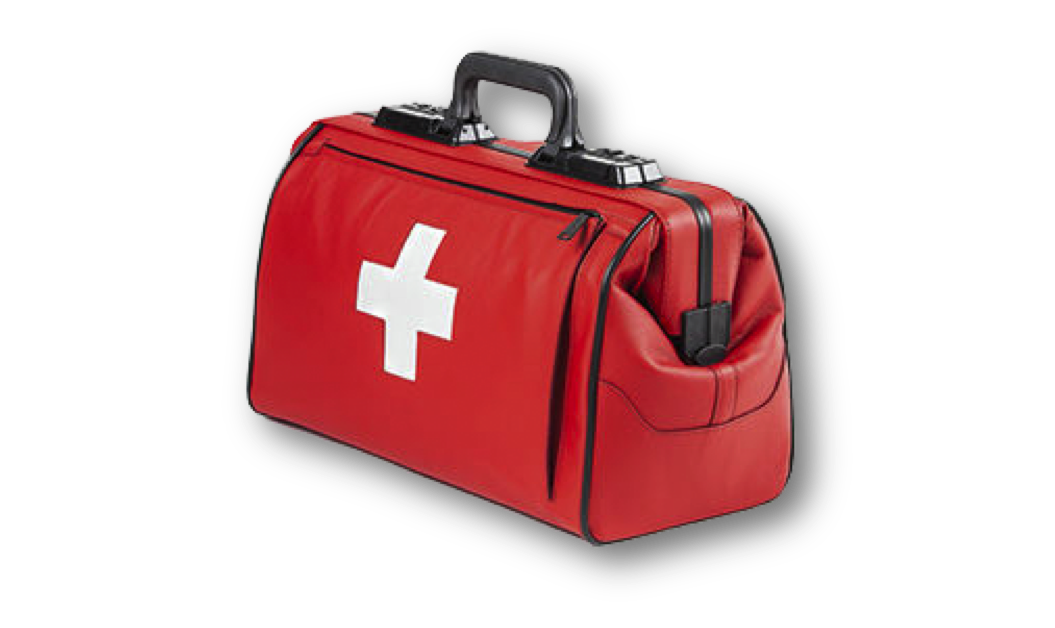
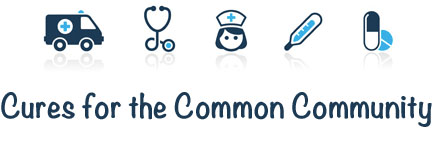
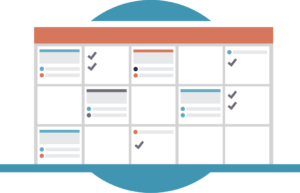 One of the most common questions we get from members is, “How do I increase the value and the volume of member engagement?” This challenge persists across all community types, sizes and use cases. One way we’ve found to increase audience engagement, in terms of both quality and quantity, is to implement an editorial calendar for your community programming.
One of the most common questions we get from members is, “How do I increase the value and the volume of member engagement?” This challenge persists across all community types, sizes and use cases. One way we’ve found to increase audience engagement, in terms of both quality and quantity, is to implement an editorial calendar for your community programming.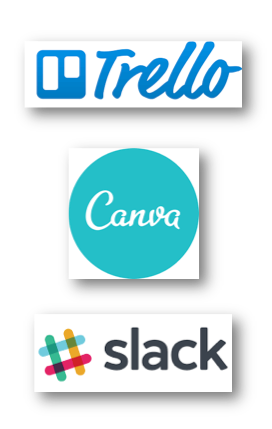 The recent Atlassian
The recent Atlassian 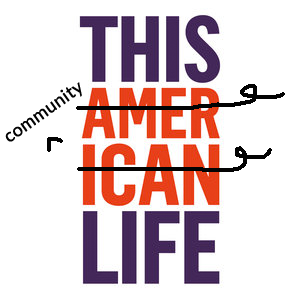

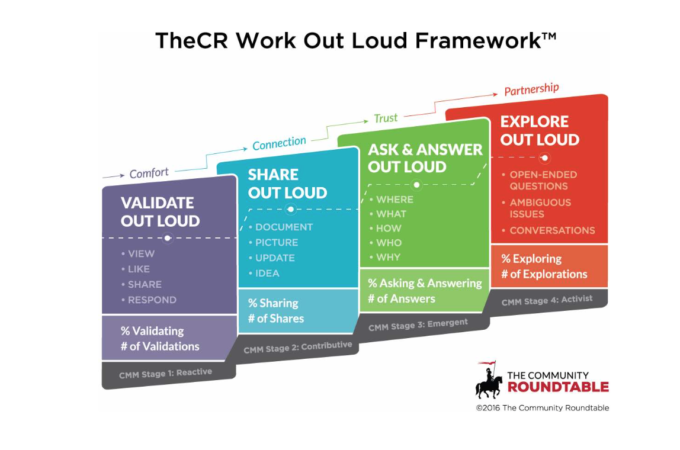
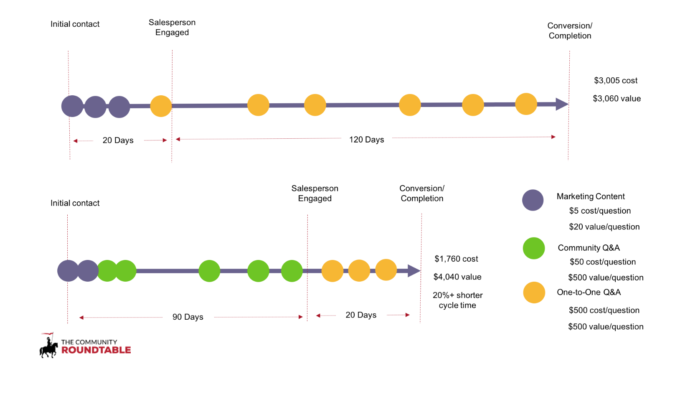 Social media has proven superficial – and because of that weak. Communities generate more tangible value without as many risks.
Social media has proven superficial – and because of that weak. Communities generate more tangible value without as many risks.